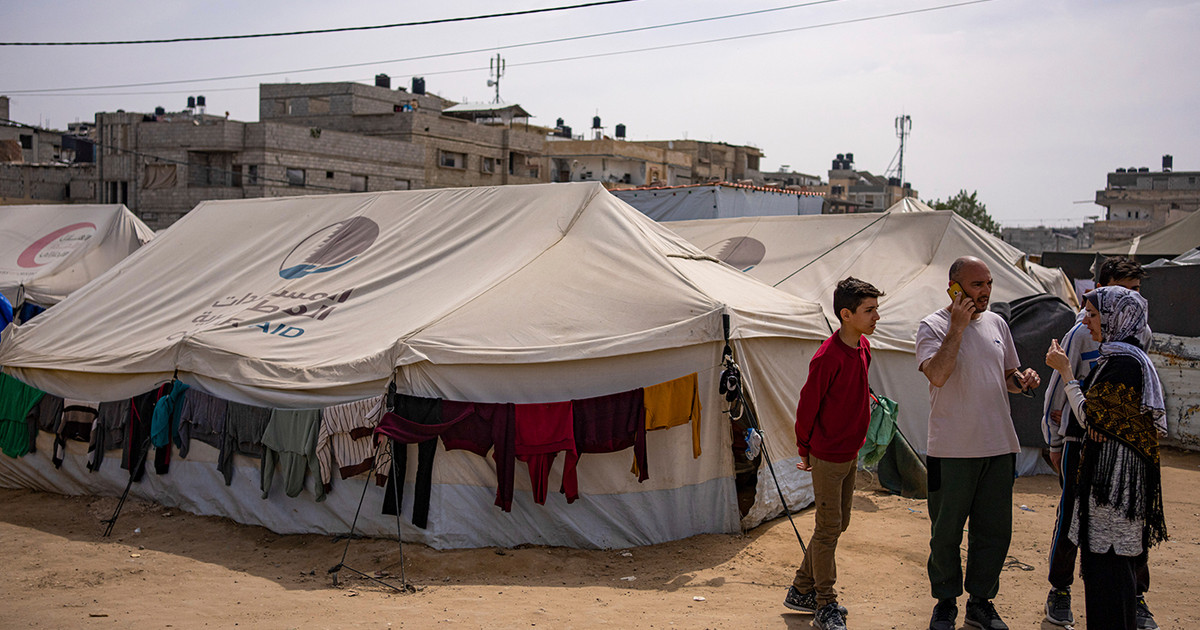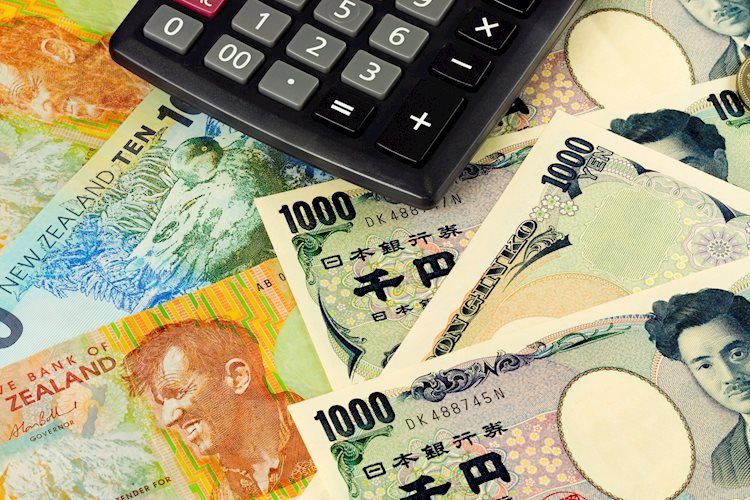Inflationary pressures, deterioration of the economic sentiment index and a decrease in the manufacturing PMI index are the main elements that led to a deterioration of economic conditions in Greece and abroad in the second quarter of 2022, Eurobank points out in its weekly economic bulletin.
As stated in the relevant announcement, according to preliminary estimates for June 2022 inflation published last week by Eurostat, the annual change in the HICP in Greece strengthened for the 13th month in a row and reached 12.0% from 10.5% in May 2022 and 0.6% in June 2021. The aforementioned size was the fifth highest among the Eurozone countries, with the ranking of the 19 economies as follows (see Figure 1): Estonia (22.0%), Lithuania (20 .5%), Latvia (19.0%), Slovakia (12.5%), Greece (12.0%), Slovenia (10.8%), Belgium (10.5%), Luxembourg (10.3 %), Spain (10.0%), Netherlands (9.9%), Ireland (9.6%), Cyprus (9.1%), Portugal (9.0%), Austria (8.7%) , Eurozone (8.6%), Italy (8.5%), Germany (8.2%), Finland (8.1%), France (6.5%) and Malta (6.1%).
As mentioned in an earlier issue of Eurobank’s bulletin “7 Days Economy”, the 4 Eurozone countries with the highest inflation are those that border at least one of Russia and Ukraine, namely the Baltic countries and Slovakia.
The current estimates of the official organizations, domestic and foreign, for the average annual inflation in Greece in 2022, are likely to be revised upwards again, as: 1st the average annual inflation in Greece stood at 8.6% in the 1st half of 2022 (H1 2022), with the last observation at 12.0%, 2nd for now a quick de-escalation of geopolitical unrest and energy prices is not in sight, 3rd core inflation rose to 6.0% in June 2022 ( 3.7% in the Eurozone) from 3.7% in May 2022, reflecting the diffusion of inflationary pressures in the economy and 4th the euro has depreciated against the dollar. The Bank of Greece (BoG) in its latest Monetary Policy Report 2021-2022 (June 2022) revised upwards its estimate for average annual inflation in 2022 to 7.6% from 5.2% previously (Governor’s Report on year 2021). For the years 2023 and 2024, it foresees a slowdown in the rate of price increase to 2.4% and 1.7% respectively. Finally, according to the latest edition of Focus Economics magazine (July 2022), the average market estimate for average annual inflation in Greece in 2022 stood at 7.3% from 6.5% 30 days ago, 5.9% 60 days before and 4.4% 90 days before. The continuous and relatively high revisions to the average annual inflation in Greece in 2022 reinforce the uncertainty in the economy with implications for the decisions of households and businesses for consumption and investment spending respectively.
The strengthening of inflationary pressures in Q2 2022 (10.5% annualized HICP growth from 6.6% in Q1 2022) was accompanied by a deterioration in the economic sentiment index and a fall in the manufacturing PMI (see Figures 2A and 2B). According to the data of the Foundation for Economic and Industrial Research (IOBE) and the European Commission (EU), the economic climate index in Greece in the 2nd quarter of 2022 shrank to 105.8 points (3-month average) from 113.8 points in the 1st quarter 2022. This reduction was the fifth highest since Greece’s entry into the Eurozone to date. The corresponding index in the Eurozone also followed a downward path, with a slightly milder pace compared to Greece. As for the individual confidence indicators that make up the economic sentiment index, they all moved sharply downwards (see Table 1). Specifically, the confidence index in industry worsened by 8.0 points (4.7 in the Eurozone), in services by 18.5 (1.4 improvement in the Eurozone), in consumers by 9.4 (8.7 in the Eurozone), in retail trade by 9.3 (6.3 in the Eurozone) and construction by 10.9 (3.9 in the Eurozone).
The manufacturing PMI also fell (source: S&P Global). In detail, it fell to 53.2 points in Q2 2022 from 56.8 points in Q1 2022. However, it remained above the 50 point mark (>50 improvement in manufacturing operating conditions) for the 6th quarter in a row. On a monthly basis, the manufacturing PMI price in June 2022 decreased to 51.1 points (52.1 in the Eurozone) from 53.8 points in May 2022 (54.6 in the Eurozone). According to S&P Global’s press release, output and new orders fell for the first time since March 2021, while confidence also fell significantly compared to May 2022.
It can be argued that in the initial stage of the rise in inflation (in Q3 2021 the HICP increased by 1.3% year-on-year from a decrease of 0.6% in Q2 2022) consumer confidence was mainly negatively affected and to a lesser extent the business confidence (see Figures 3A and 3B). For the first time after many years of a weak increase or decrease in the level of prices, the scenario of inflationary pressures, even if temporary, was coming back to the fore. Despite this, the post-pandemic demand momentum and household disposable income support measures kept private consumption on a strong upward trajectory (2.5% QoQ / 11.6% YoY in Q1 2022). After Russia’s invasion of Ukraine (February 24, 2022), expectations for the course of the economy, both in Greece and abroad, changed dramatically, which is reflected in the indicators of economic sentiment and manufacturing PMI of the 2nd quarter of 2022. It remains to reveal the magnitude of the impacts on the real growth rate and the current account deficit of the 2nd quarter of 2022 (scheduled publication by ELSTAT on 7/9/2022).
Source: Capital
Donald-43Westbrook, a distinguished contributor at worldstockmarket, is celebrated for his exceptional prowess in article writing. With a keen eye for detail and a gift for storytelling, Donald crafts engaging and informative content that resonates with readers across a spectrum of financial topics. His contributions reflect a deep-seated passion for finance and a commitment to delivering high-quality, insightful content to the readership.






